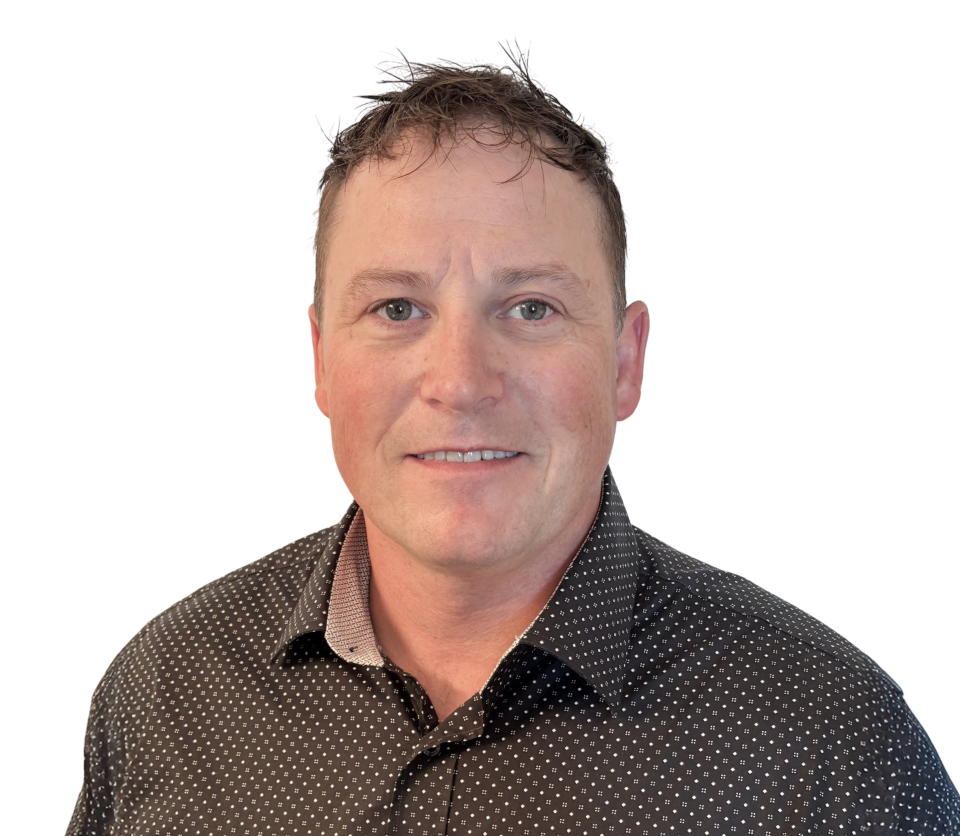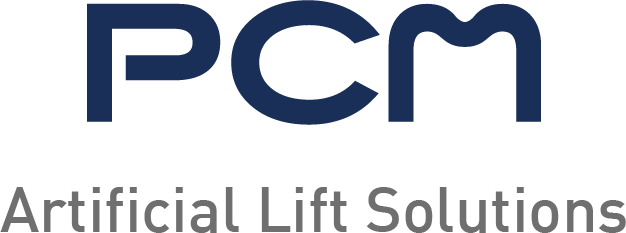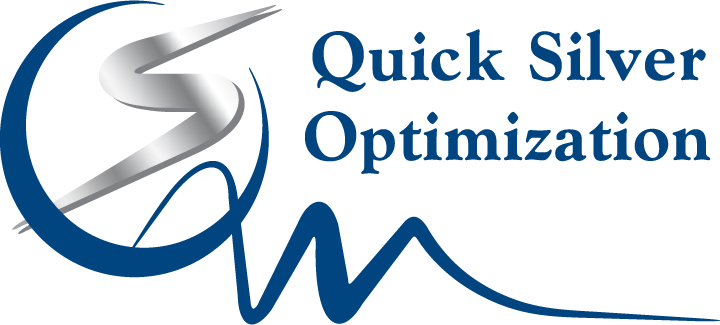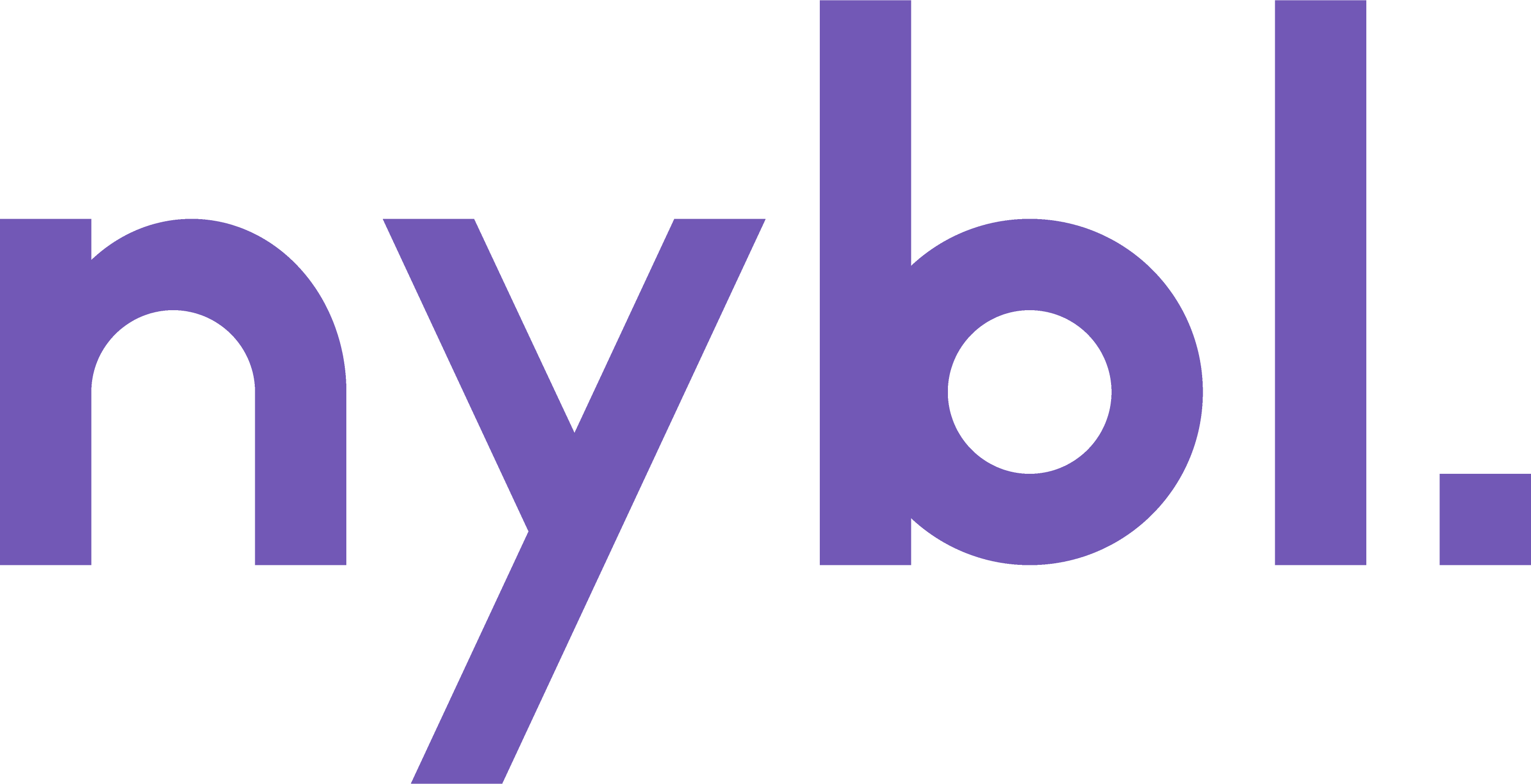How Operators are Reimagining Lift Solutions
Each quarter, we’re seeing breakthroughs, including retrofitting legacy wells with gas lift systems and hybrid lift configurations suited to variable flow regimes in shale plays. At Artificial Lift Canada 2026, key players in upstream production will showcase field-ready techniques that reset expectations of what’s technically possible. During the event, one of the operator’s will unveil its modular approach to artificial lift planning, enabling seamless transitions between lift methods over a well’s lifecycle. Other presenters are piloting sensor-enabled plunger lift systems to optimize shut-in timing and flowback performance. Meanwhile, system manufacturers participating in the program are refining ESP and PCP technologies to better manage solids and gas slugs in high-decline-rate wells.
Sounds like incremental change? It’s more than that. At Artificial Lift Canada 2026, industry leaders will show how stakeholders are moving beyond simple volume targets to use artificial lift as a lever to reduce downtime, manage fugitive methane emissions, and extend the economic life of thousands of marginal wells. Field trials are already underway to integrate real-time diagnostics into lift control systems, providing predictive insights into failure modes before they escalate. For the upstream sector, this shift reflects a broader move toward dynamic production optimization, where lift systems are no longer just mechanical tools but intelligent field enablers.
Transforming the Development Cycle
Artificial lift is also reshaping how wells are planned and developed. Gone are the days of waiting for a decline in pressure before scheduling lift deployment. Today’s E&P firms are incorporating artificial lift strategies into their completion models from day one. From horizontal multistage fracs to deep vertical plays, production engineers are now configuring lift systems to match anticipated flow profiles rather than react to them. At Artificial Lift Canada 2026, delegates will learn how early integration of artificial lift planning is reducing time-to-peak production and improving Estimated Ultimate Recovery.
But it’s not just about engineering. Strategic considerations are coming to the forefront: How do lift choices impact carbon intensity? Can adaptive systems reduce energy consumption per barrel lifted? How can operators minimize intervention frequency in remote or offshore settings? At Artificial Lift Canada 2026, industry leaders will address these questions in both technical forums and business strategy sessions.
The Road Ahead
Despite the momentum, challenges remain. Artificial lift solutions must now perform in an environment where ESG goals, regulatory scrutiny, and investor expectations are higher than ever. Production optimization must go hand in hand with emissions reduction. At Artificial Lift Canada 2026, discussions will highlight how gas lift optimization for flaring reduction, electric-driven ESPs powered by renewables, and lifecycle emissions tracking are shaping the modern artificial lift landscape.
At the same time, conventional lift technologies are being pushed to their limits. Shale operators are calling for more resilient systems that can manage higher sand loads, intermittent flow, and horizontal deviations. Innovations in corrosion resistance, pump spacing, and remote automation are emerging in response.
Join us at Artificial Lift Canada 2026, where industry stakeholders will share how they are addressing these challenges in the field. From Bakken to Montney, Permian to Duvernay, artificial lift is being redefined technically, operationally, and strategically.













